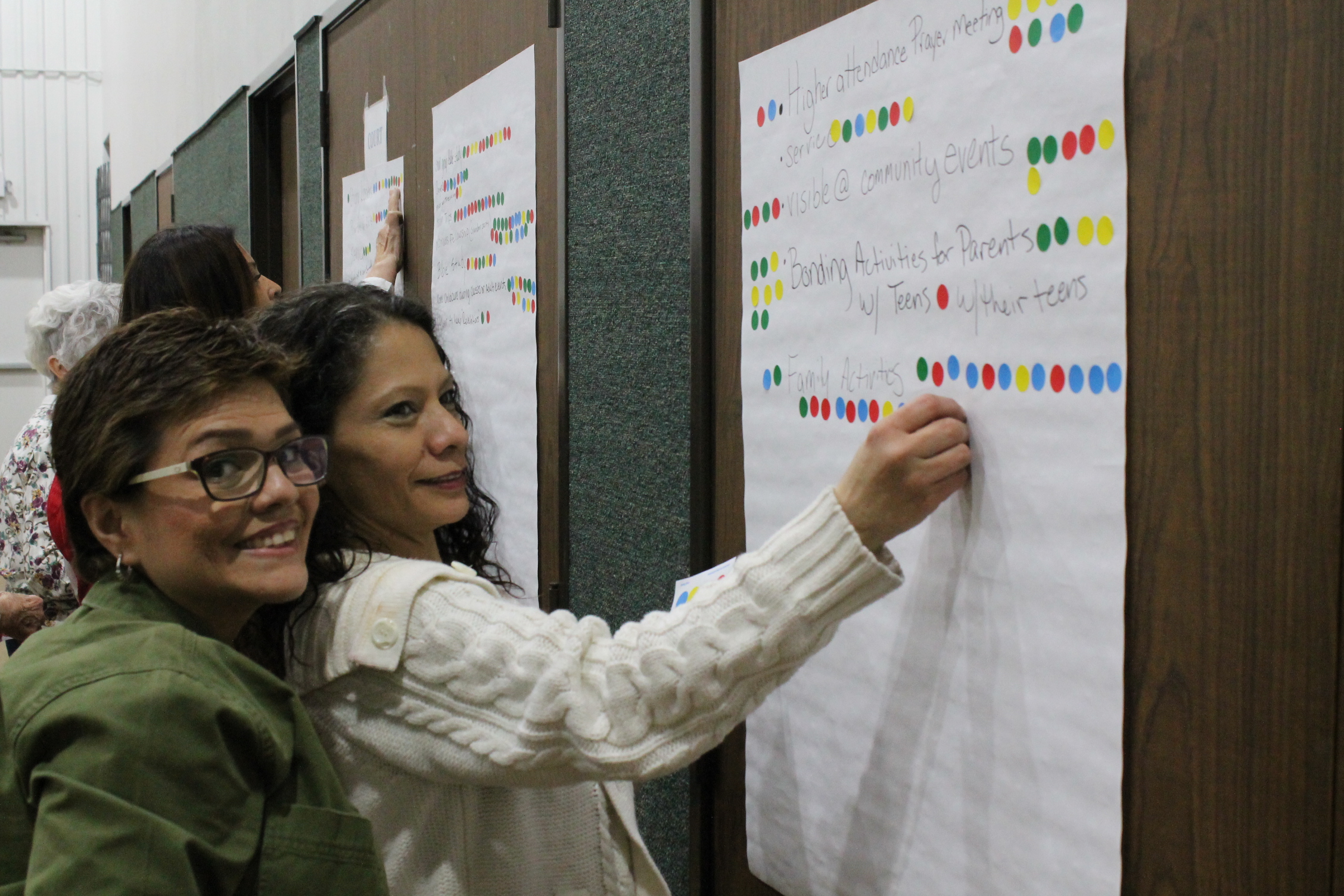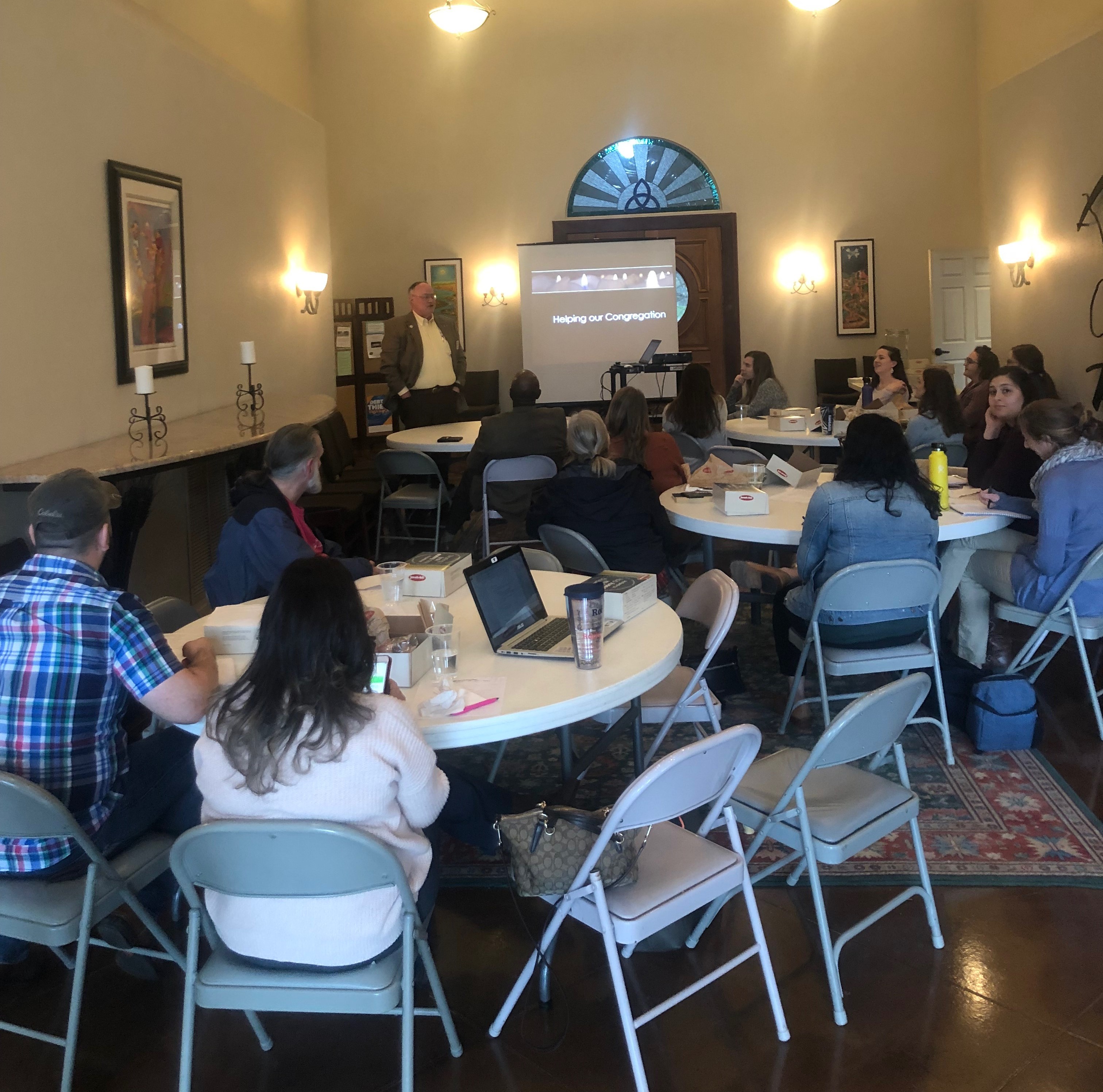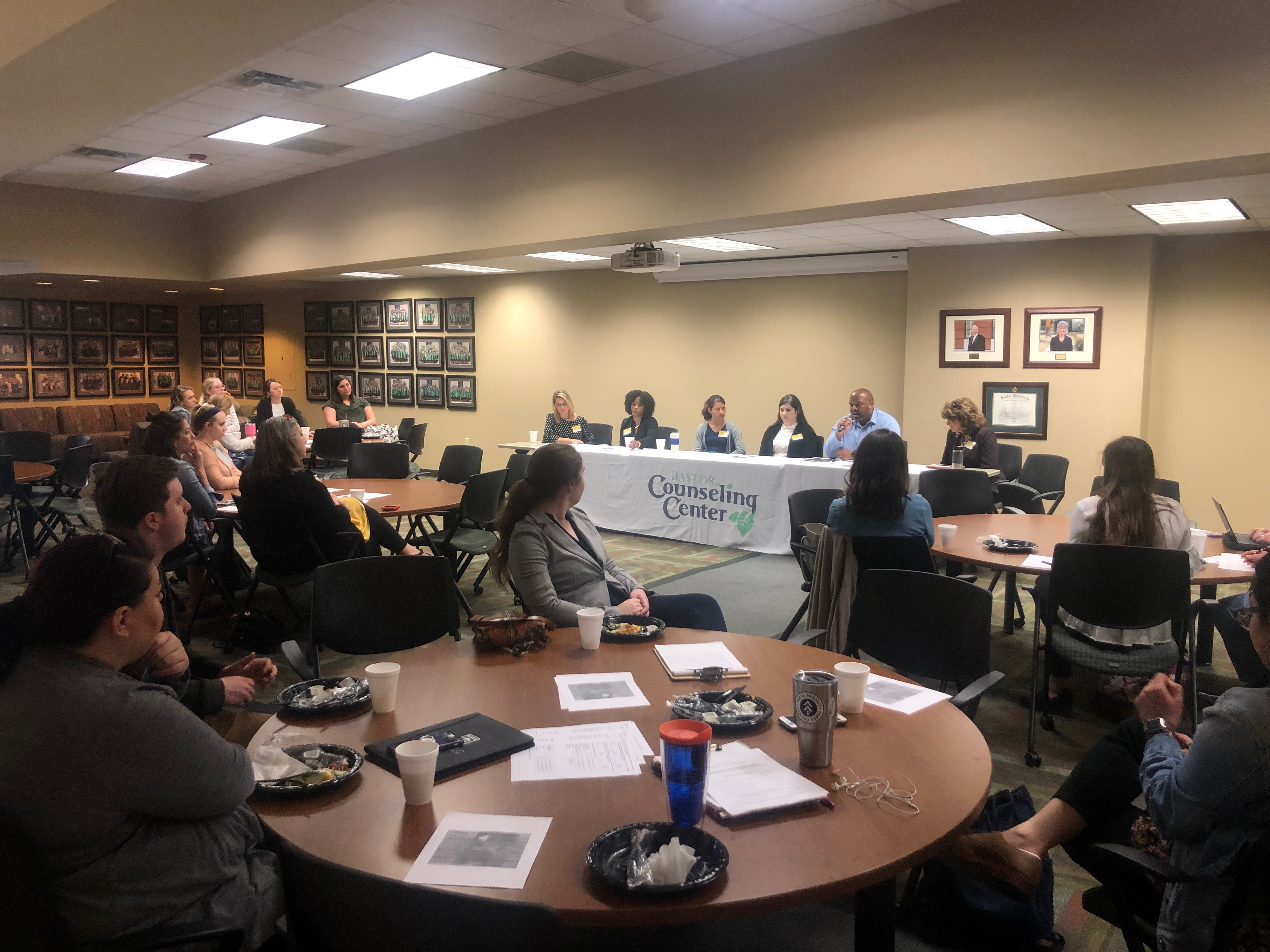Center for Church and Community Impact strengthening congregations and communities
Formerly known as the Center for Family and Community Ministries, the Center for Church and Community Impact (C3I) seeks to strengthen congregations and other religious organizations by providing hands-on training and relevant research. C3I, like the Garland School of Social Work (GSSW) as a whole, believes in the importance of integrating social work and faith in order to foster collaboration and holistic care for others.
Under its former name, C3I was started by GSSW namesake, Dr. Diana R. Garland, and later led by current dean, Dr. Jon Singletary. For the past year and a half, C3I has been led by Dr. Gaynor Yancey. She is excited about the new name for the Center and its refocus on research and community change through church congregations.
“What is the bottom line? It is about strengthening congregations––how we can help congregations be what they want to be out in their various communities,” Yancey said.
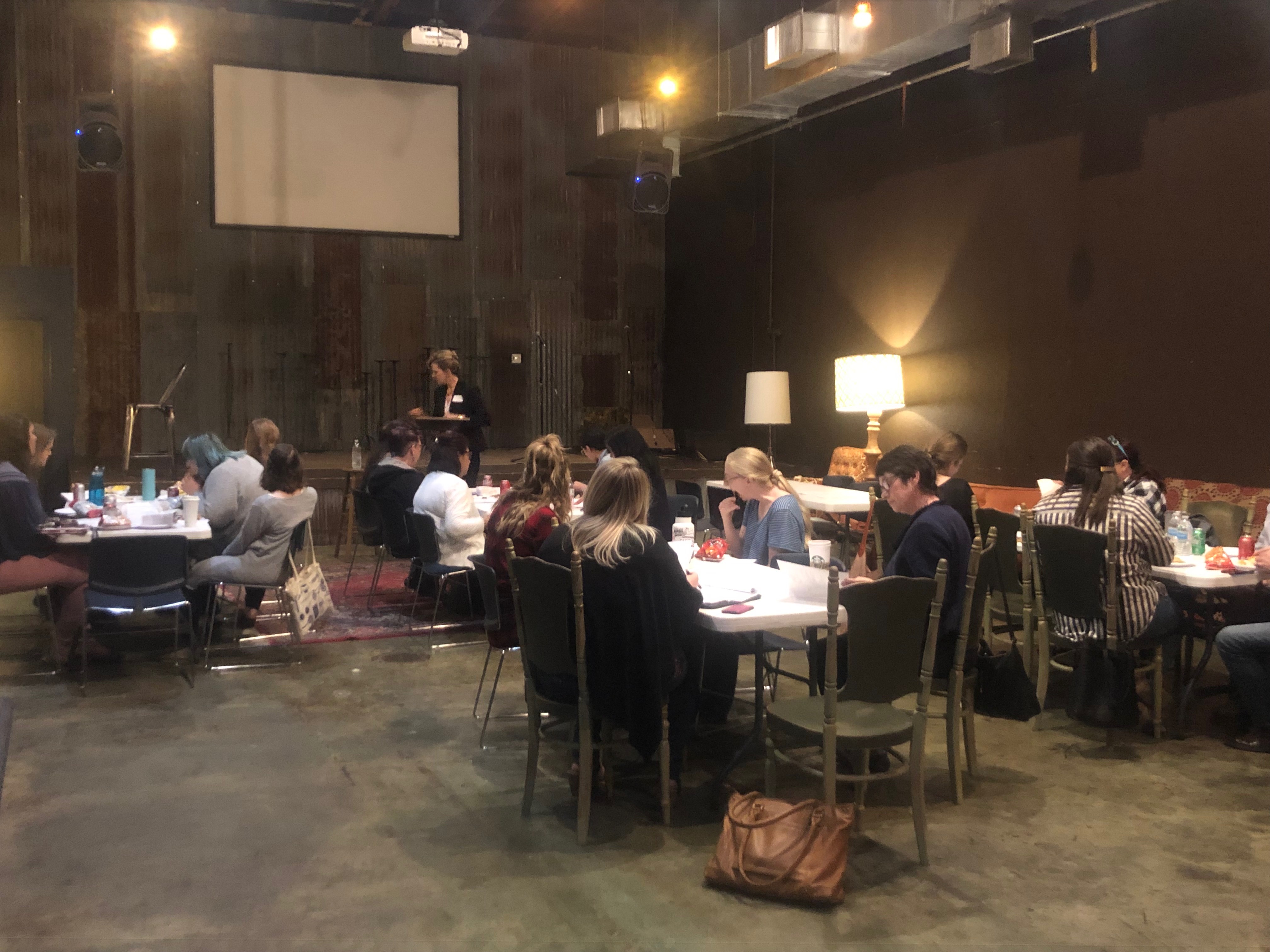
To support the research and community interests of C3I, it is essential to work with congregations through student internships, facilitating a monthly student group gathering, and equipping seminars and consultations. In addition, C3I provides opportunities for congregationally based workshops for staff and laypersons as they continue to follow God’s leadership in their caring practices.
“We want to be a resource for churches and faith communities–– anything we need to do by way of research and training of present and future congregational leaders and lay leaders–– and strengthening congregations to do the ministry they feel called to do,” Yancey added.
Through conducting community and congregational assessments and offering workshops, C3I will be able to better assist congregations as they serve their communities.
“We can train congregational staff, as well as their lay people, in how to do the work we are training our students [at the GSSW] to do,” Yancey said.
C3I has also seen a greater need to conduct research on diverse congregations and churches from varying ethnic and cultural backgrounds to learn what statistics of primarily White churches may not be showing.
Yancey mentioned there seems to be a common idea in academia based on research that the American church is dying.
“I am not so sure I see it like that because a particular kind of church might [reflect decline]; we know the White church is certainly changing. But is that true of our ethnic churches; is it true of our language-culture churches; is it true of our racial churches? I am not sure we may find the same picture if our research is broadened to be more inclusive of churches in ethnic and racial communities” Yancey said. “There is some beginning research that is showing that churches in some of these communities are really vibrant and growing.”
Yancey believes cultural sensitivity is crucial in serving congregations and conducting research to get a better picture of what is happening.
“Churches that are language-culture churches, [congregations of] different ethnicities––I bet their sensitivity toward the issue of immigration is very different, for example, [than White churches], and what they are doing by way of their ministries is far different than what other churches might be doing. That would be my hunch, and I have a feeling hard research will show us a much clearer picture,” Yancey said, further emphasizing the desire C3I has for looking into diverse congregations.
While discussing their motivation behind the work C3I does, Yancey shared stories of how pastors have stepped up to care for their communities in different ways.
Yancey shared about a pastor in San Antonio who has chosen to stay and serve his community, as he has seen his congregation’s demographics change, and also the demographics of the community surrounding the church.
He has begun a clinic for HIV/AIDS examinations and started a food ministry to support people in his community. This pastor partners with his city’s health district to provide other services to benefit low-income members of his community. His passion for trying to stop addiction in his community resulted in showing people who were participants in worship how to easily and safely obtain a blood test. In the middle of his sermon, he had a registered nurse, who was also a member of his congregation, join him on the platform. The pastor took off his suit jacket, rolled up his shirt sleeve, and had her take a blood sample to show everyone the ease of having one's blood taken.
Another pastor partnered his church with several other congregations in order to offer English classes to Hispanic populations in their small town. While almost 30 adults are gathering weekly to learn English, the pastor is also taking classes so that he can learn to communicate in Spanish. By example, he, too, is showing the importance of one's care and concern being directed in multiple directions; he wants to be able to honor the Spanish-speaking residents of his small town and congregation by being able to speak in their language.
With these stories in mind, Yancey and Herridge see C3I as crucial in impacting congregations who can, in turn, impact communities, ultimately helping to manifest the love of Christ in the lives of individuals. Congregations are a natural setting for social workers to take the lead in training and teaching others how to minister effectively.
“How do you bring about the wholeness of the gospel? It is around that picture where we get to come alongside congregations … [to find] how we live in the fullness of what God’s called us to do and to be,” Yancey said.
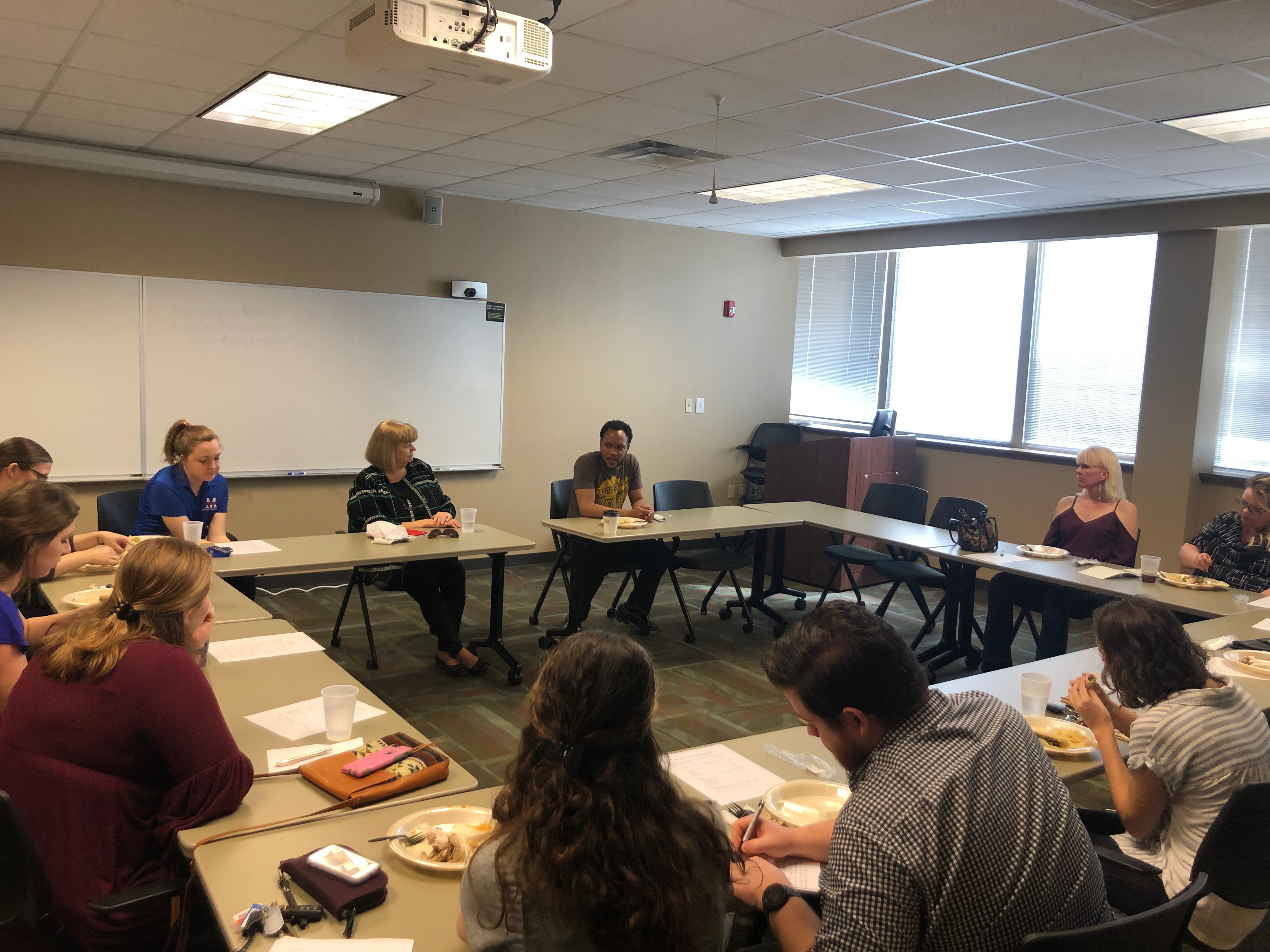
Mallory Herridge, the assistant director of C3I, emphasizes the importance of religious congregations in their communities. She says that many social workers are called to serve those Jesus loves, daily witnessing the challenges of mental illness, poverty, hunger, addiction, abuse, and trauma in our communities. Social workers provide and connect clients to necessary professional expertise and social service agencies, but sometimes needs resulting from lack of relationships, such as loneliness, low self-esteem, and lack of social capital go unmet. Local congregations have the unique ability to not only provide and strengthen needed services lacking in their communities, but they also provide genuine relationships and connection.
There is great need for churches to rise up as community centers, especially in rural areas where government services are less available, Yancey said. C3I hopes to continue encouraging churches to serve their communities through formalized social services in addition to traditional church services.
“What we are suggesting is that the church is at the heart of community,” Yancey said. “[Other community services] that take place all during the week, for me, are just as vital as what happens on a Sunday because that is where we are living out the day-to-day application of our faith. That is where the fruit of the spirit is being seen every day. For me, it is the church of the weekday. The church of Sunday is extremely important to the church of the weekday. Both are stronger together.”
Both Herridge and Yancey are positive their efforts will continue to enable churches to serve their communities and make lasting change in the lives of individuals and, of course, into the entire world.
